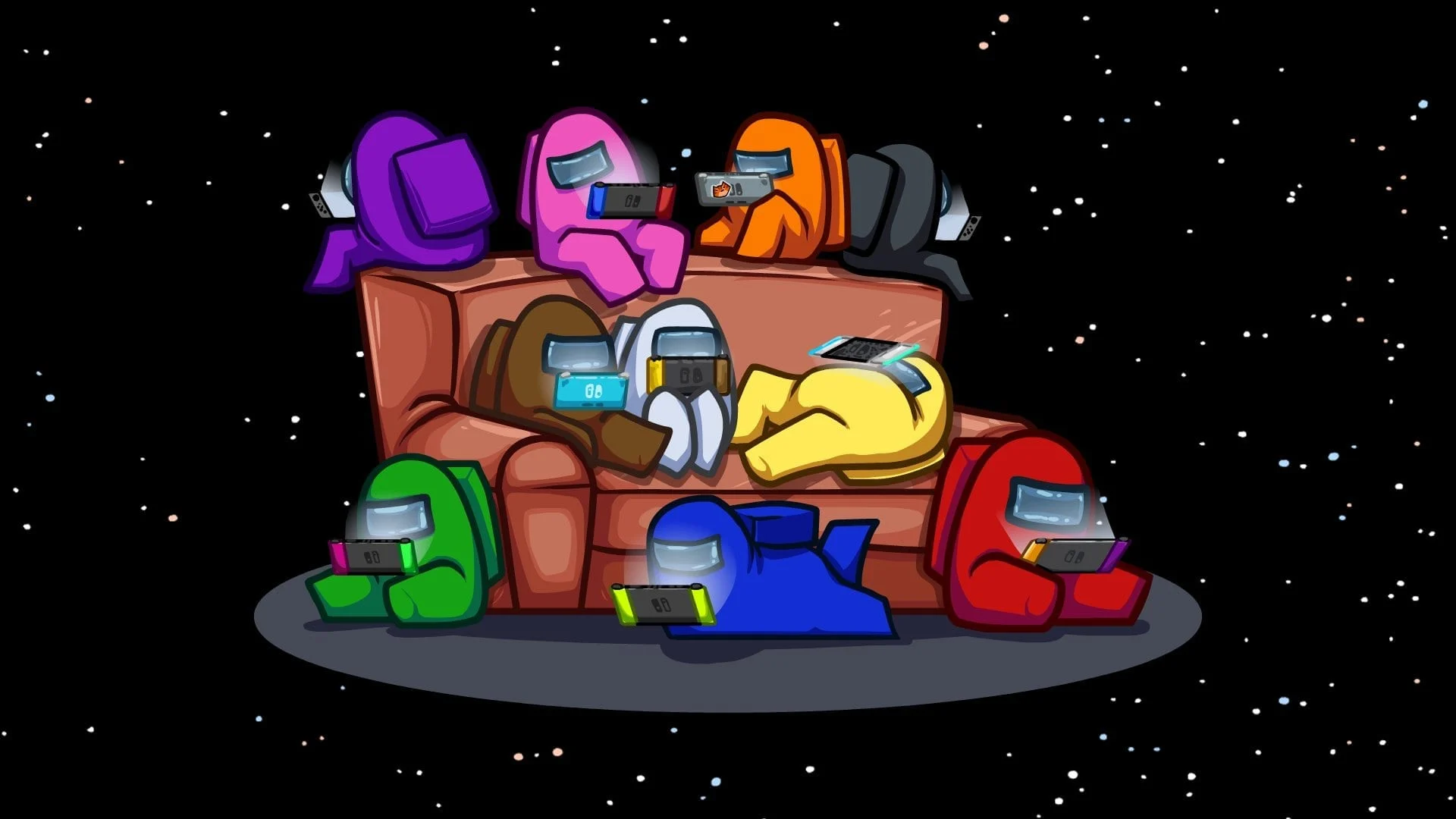
Generative AI can be a powerful tool for creating game assets in several ways. Here are some ways in which generative AI can assist in the creation of game assets:
Procedural Content Generation: Generative AI algorithms can generate game assets procedurally, meaning they can create content algorithmically based on predefined rules or patterns. This can include generating terrain, landscapes, textures, buildings, and other environmental elements. Procedural generation allows for the creation of vast and diverse game worlds without the need for manual design of every individual asset.
Character and Creature Design: Generative AI can assist in creating unique and varied character and creature designs. By training the AI model on a dataset of existing characters or creatures, it can learn the patterns, styles, and features that make them visually appealing. It can then generate new designs that align with those learned characteristics, allowing game developers to quickly explore and iterate on different concepts.
Texture and Material Generation: Generative AI can generate high-quality textures and materials for game assets. By analyzing existing textures and materials, the AI model can learn their visual characteristics and generate new variations. This can be particularly useful for creating diverse environments, realistic surfaces, or stylized visual effects.
Level Design: Generative AI can assist in generating game levels or maps. By considering gameplay mechanics, aesthetics, and design constraints, the AI can create randomized or semi-randomized layouts, including the placement of objects, enemies, and other interactive elements. This can help developers quickly generate and iterate on level designs, saving time and effort.
Animation and Motion: Generative AI can be used to assist in creating animations and motion sequences for game assets. By training on existing motion capture data or keyframe animations, the AI can learn the patterns and dynamics of movement. It can then generate new animations or enhance existing ones, making them more realistic or stylized.
Sound and Music Generation: While not directly related to visual assets, generative AI can also assist in creating sound effects and music for games. By training on existing audio samples or music compositions, the AI can generate new sounds or music that align with the desired style or mood of the game.
Overall, generative AI can significantly speed up the asset creation process, provide a wider range of creative possibilities, and reduce the manual workload for game developers. It allows for the generation of unique, diverse, and visually appealing game assets, enhancing the overall player experience.
Here’s an example of how you can use Python and some popular libraries to harness the power of generative AI for game asset creation.
- Procedural Content Generation with Pygame:
import pygame
import random
# Initialize Pygame
pygame.init()
# Set up the game window
width, height = 800, 600
screen = pygame.display.set_mode((width, height))
# Procedurally generate terrain
terrain = []
for x in range(width):
y = random.randint(height // 2, height - 1)
terrain.append((x, y))
# Game loop
running = True
while running:
for event in pygame.event.get():
if event.type == pygame.QUIT:
running = False
# Render the terrain
screen.fill((0, 0, 0))
pygame.draw.lines(screen, (255, 255, 255), False, terrain, 1)
pygame.display.flip()
# Quit the game
pygame.quit()- Character Design with StyleGAN and PyTorch:
import torch
from torchvision.utils import save_image
from stylegan2_pytorch import StyleGAN2Generator
# Load the pre-trained StyleGAN2 generator
generator = StyleGAN2Generator("path_to_pretrained_generator.pt")
latent_dim = generator.latent_dim
# Generate a random latent vector
latent_vector = torch.randn(1, latent_dim)
# Generate a character image
with torch.no_grad():
generated_image = generator(latent_vector)
# Save the generated image
save_image(generated_image, "character.png")- Texture Generation with DCGAN and TensorFlow:
import tensorflow as tf
from tensorflow.keras.models import Sequential
from tensorflow.keras.layers import Dense, Reshape, Conv2DTranspose
from tensorflow.keras.optimizers import Adam
# Define the generator model
generator = Sequential([
Dense(7 * 7 * 256, input_shape=(100,)),
Reshape((7, 7, 256)),
Conv2DTranspose(128, (5, 5), strides=(1, 1), padding="same", activation="relu"),
Conv2DTranspose(64, (5, 5), strides=(2, 2), padding="same", activation="relu"),
Conv2DTranspose(3, (5, 5), strides=(2, 2), padding="same", activation="tanh")
])
# Generate a random noise vector
noise = tf.random.normal((1, 100))
# Generate a texture image
generated_image = generator(noise)
# Save the generated image
tf.keras.preprocessing.image.save_img("texture.png", generated_image[0] \* 0.5 + 0.5)The above code snippets might need some additional tweaks (not robust enough) to start producing quality images.
GAN Paint Studio’ (from Watson AI Lab) approach of using GAN (neural network) to produce images within a category is phenonemenal. Please do try their demo if you’re keen to know how it works!